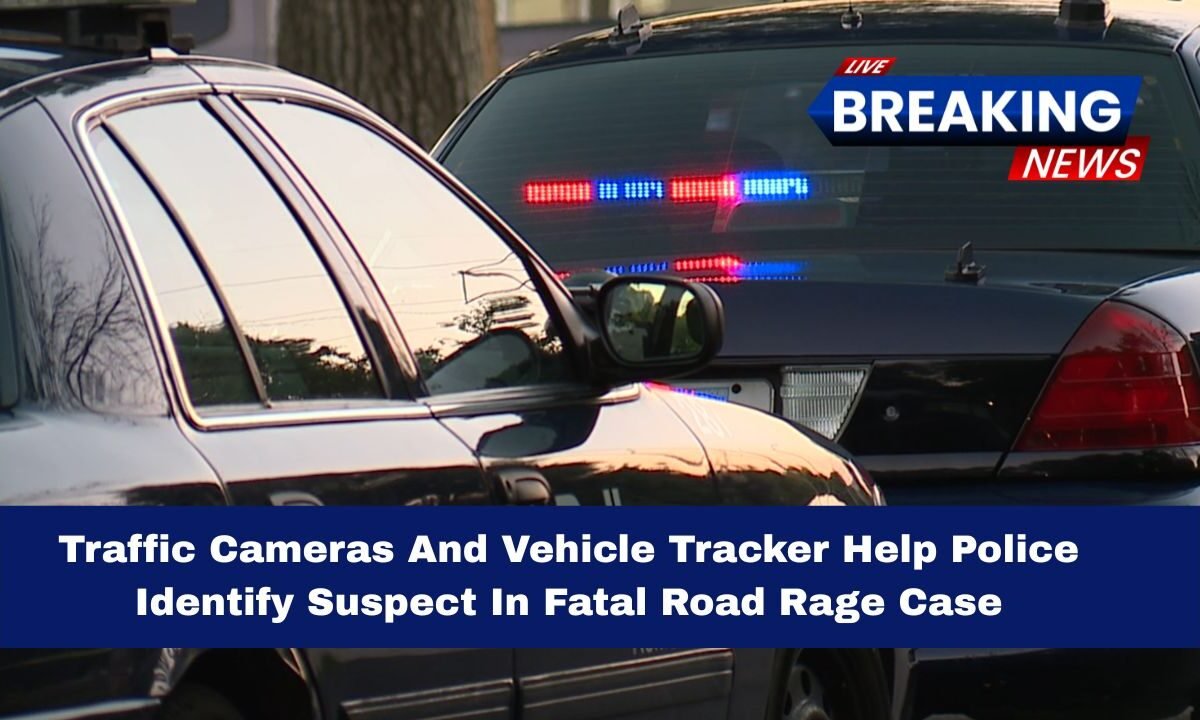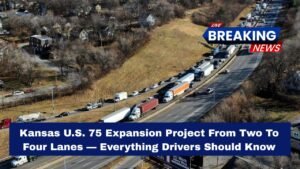On the evening of September 23, 2025, at approximately 10 p.m., a road-rage confrontation turned deadly at the intersection of NE Chouteau Trafficway and Gardner Avenue, in northeast Kansas City.
Police and paramedics responded to a shooting and located 57-year-old Cleveland Wright suffering from multiple gunshot wounds next to a grey Honda Civic.
He was transported to hospital and later died from his injuries.
Investigators from the Kansas City Police Department used traffic-camera footage and a dealership-installed vehicle tracker to identify the suspect.
A black 2025 Chevrolet Trax was seen on the traffic cameras near Wright’s car right before the shooting.
Using recent vehicle purchase records, detectives linked that Trax to 20-year-old Laken Logan. A legal request for the tracker’s data confirmed the Trax’s presence at the scene and traced its route thereafter.
Logan was arrested in late October and charged with second-degree murder, along with multiple weapons-related offences. He is currently held on a $750,000 cash-only bond.
How Technology Assisted the Investigation
The investigation highlights how modern technology supports law-enforcement efforts:
- Traffic-camera footage: City-owned cameras captured the suspect vehicle alongside the victim’s car at the time of the incident.
- Vehicle sales records: Police targeted recent purchasers of the same make and model (2025 Chevrolet Trax) reported to the state highway patrol.
- Dealer-installed tracker: The Trax had a tracking device installed by the dealership; the data showed the vehicle’s location at the shooting time and later at an address tied to the suspect.
- Combined timeline reconstruction: By aligning camera imagery, sales records, and tracker logs, investigators established a credible path of the vehicle and linked it to the suspect.
This combined use of visual, transactional, and telematics data allowed detectives to build a strong case in a comparatively short time.
Key Details of the Case
| Field | Detail |
|---|---|
| Date of shooting | September 23, 2025 |
| Time | Approximately 10:00 p.m. |
| Location | Intersection of NE Chouteau Trafficway & Gardner Avenue, Kansas City, MO |
| Victim | Cleveland Wright, age 57 |
| Suspect | Laken Logan, age 20 |
| Suspect Vehicle | Black 2025 Chevrolet Trax |
| Technology used | City traffic cameras, vehicle tracker, vehicle-purchase records |
| Arrest date | Late October (approx. October 22-24) |
| Charges | Second-degree murder; two counts of armed criminal action; firing at a motor vehicle |
| Bond | $750,000 cash-only |
Why This Case Is Significant
- The case demonstrates how traffic-camera networks combined with vehicle-tracking devices can pinpoint suspects in complex traffic-incidents.
- It underscores the value of transaction records (vehicle sales) in narrowing down possible suspects when a vehicle make and model are identified.
- The rapid progression—from shooting to arrest within about a month—shows how integral data streams reduce investigative lag.
- From a public-safety perspective, the case sends a message: violent road-rage behaviour will be traceable and punishable.
Legal and Next-Step Considerations
The suspect remains in custody. The prosecution will rely on the collected evidence—camera imagery, tracker logs, record linkage—to prove guilt beyond reasonable doubt.
The defence might challenge the legality of the tracker data collection or the interpretation of the camera footage. Pre-trial motions and discovery processes will unfold over the coming months.
The case will test how new technologies hold up under judicial scrutiny in assault/shooting cases.
In this tragic roadside murder, the use of traffic-cameras and a dealership-installed vehicle tracker played a pivotal role in identifying and arresting the suspect.
The case illustrates how modern policing tools—video surveillance, vehicle telematics and data-match investigations—are rapidly becoming key assets in solving violent crimes.
While human life was lost in a moment of anger, the swift investigative response serves as a strong reminder: reckless behaviour on the roads can leave digital footprints that lead to accountability.




